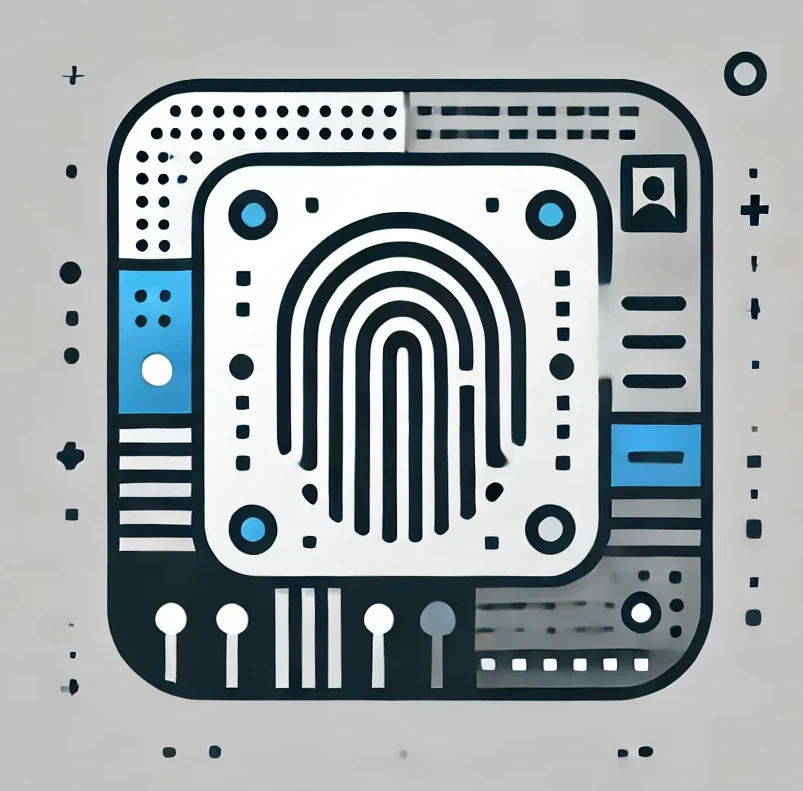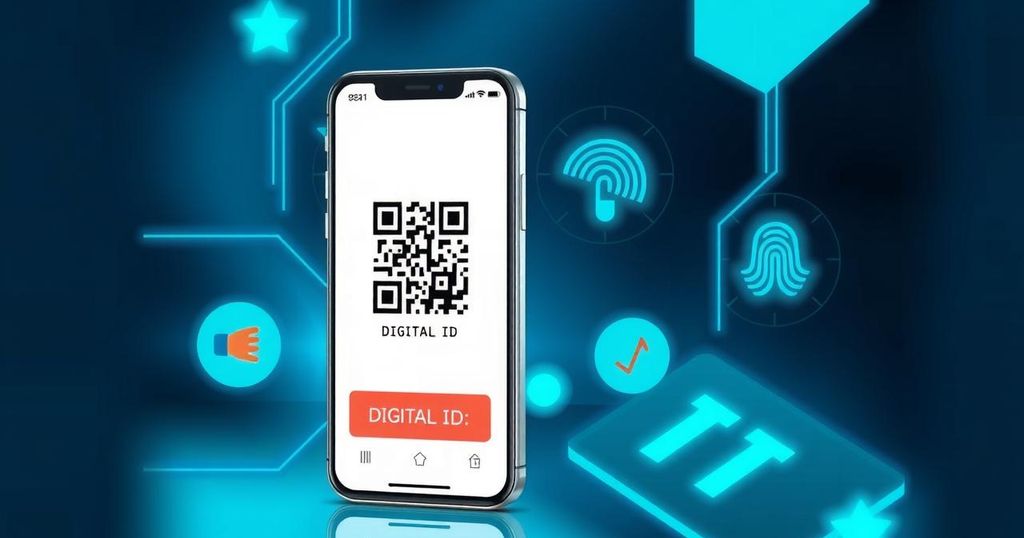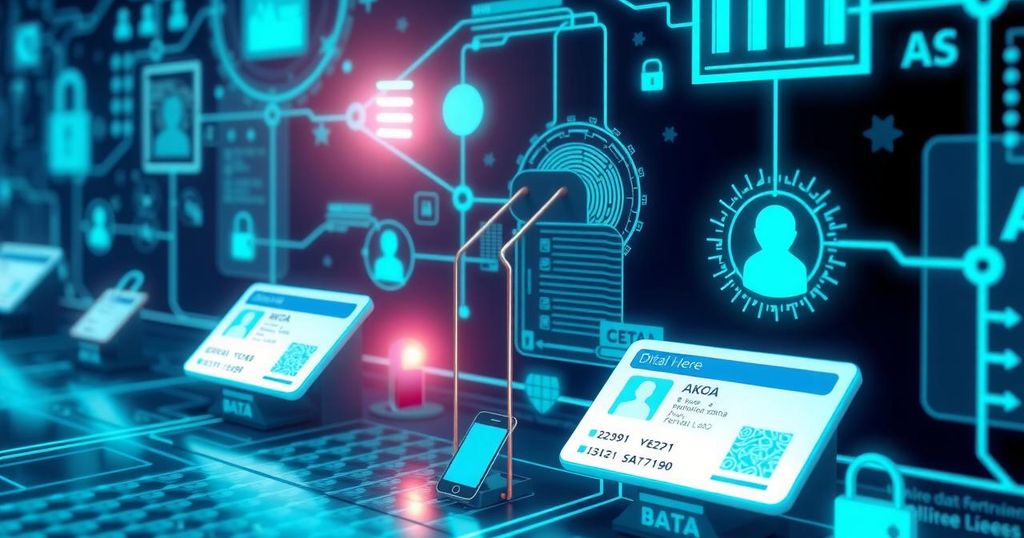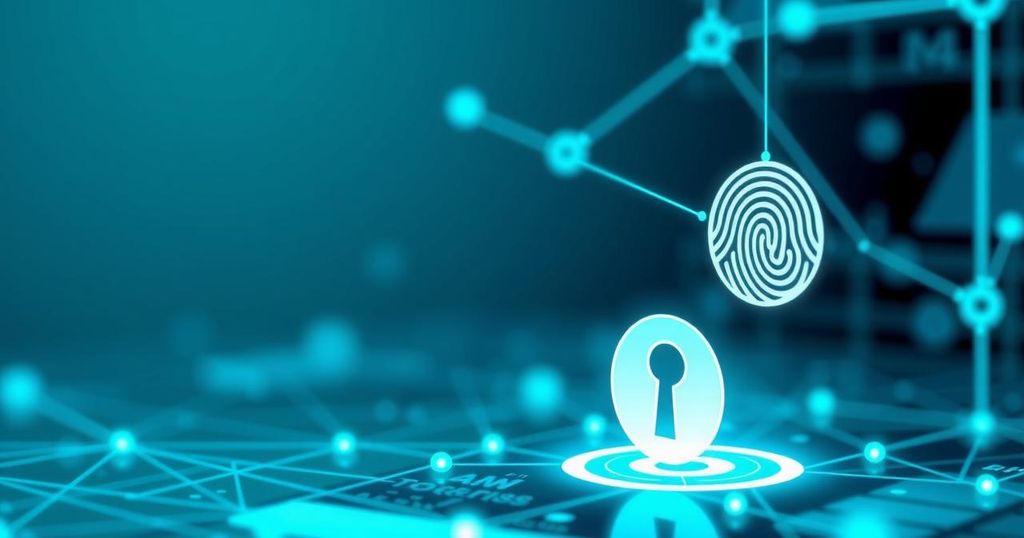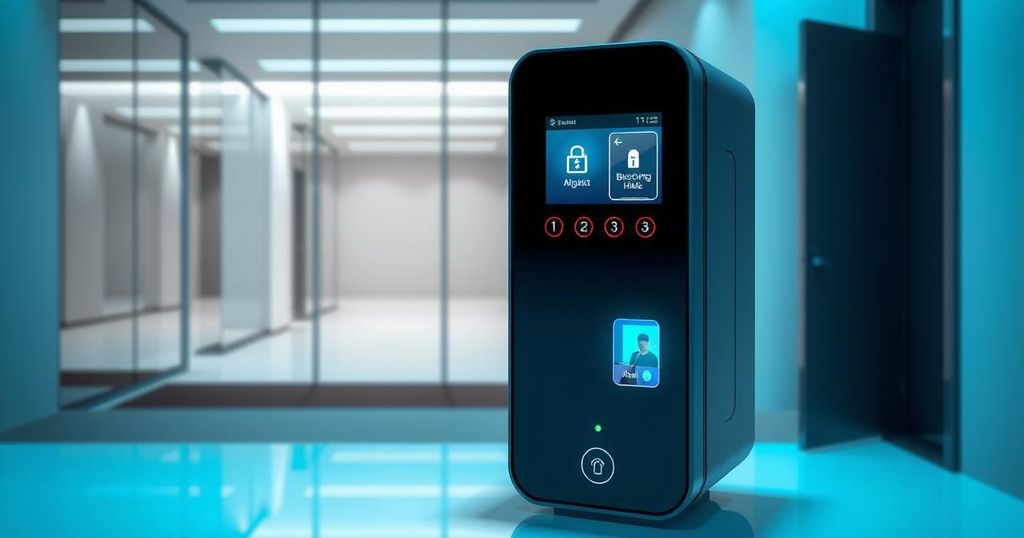The Spanish government has launched a new digital ID for mobile phones called MiDNI, which enhances identity verification but faces challenges of fragmentation, privacy concerns, and limited initial functionality. The app enables self-sovereign identity but requires improvements to security and user experience to be effective. Citizens currently rank low in digital ID usage in Europe due to these issues.
The Spanish government has started the process of implementing a new digital ID, designed for mobile use, facilitating various identity validation scenarios. This innovation, while eagerly anticipated by many, faces criticism for its integration into a fragmented digital identity ecosystem within Spain, raising concerns over its effectiveness and security.
The new digital DNI will not replace the traditional physical ID, but will exist alongside it through an app called MiDNI. The process to obtain this digital ID requires three steps: registration, app download, and verification. Registration must occur online, necessitating an activated digital certificate from a physical DNI and access to a reader, otherwise requiring in-person visits to designated locations. Registration links the DNI with a mobile number using a unique code.
MiDNI provides security through biometric options like face or fingerprint recognition, while importantly, it does not store personal data on the device. Instead, it checks the validity of the identity against a police database in real-time, generating a temporary QR code for identification. This QR code can be scanned by compatible devices, enhancing secure identification in various settings.
This new digital DNI allows for numerous practical applications such as verifying identity with officials, accessing locations, voting, and hotel check-ins. However, initially, it will not support online transactions or serve as a travel document, despite Spain’s alignment with the eIDAS agreement for electronic identification across EU countries.
The government has allowed a transition period of 12 months for organizations to adapt to the digital DNI. Post-April 2026, citizens can insist on using this digital ID for identification and online processes, expanding its functionality significantly.
An advantage of the digital DNI is the promotion of self-sovereign identity, which allows citizens to share only necessary data. The app offers multiple information levels; for instance, the Age DNI only displays basic data required for age verification.
Despite its benefits, the digital DNI presents significant weaknesses including the necessity of an internet connection, security concerns due to the unavailability of public source code, and central server reliance for verifications. This raises potential tracking issues linked to the phone number requirements, cultivating vulnerability to identity theft through SIM swapping scams.
Moreover, confusion arises as MiDNI launches alongside existing digital ID apps, leading to potential user errors. The current fragmented digital identity landscape complicates matters. For example, users can virtualize their driver’s license but not access the digital DNI through the same method without navigating multiple apps, undermining user experience.
Additionally, discrepancies exist regarding the acceptance of digital credentials across different authorities, further complicating identity verification, especially when specific software adoption is mandated for accessing digital services.
As a result of this fragmented approach, despite high digital technology usage, Spain ranks low within Europe for the adoption of digital identities. Progress is ongoing but uneven, illustrating the need for a harmonized and coherent digital identity framework that can enhance citizens’ trust and usability.
In summary, Spain’s new digital DNI represents an important step towards modernizing identity verification, allowing mobile access and promoting self-sovereign identities. However, weaknesses in the system, such as internet reliance and potential privacy concerns, coupled with a confusing digital ecosystem, hinder its effectiveness. The government must work towards creating a coherent digital identity landscape to improve acceptance and usability for Spanish citizens.
Original Source: en.ara.cat
